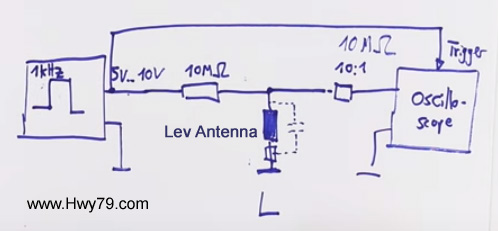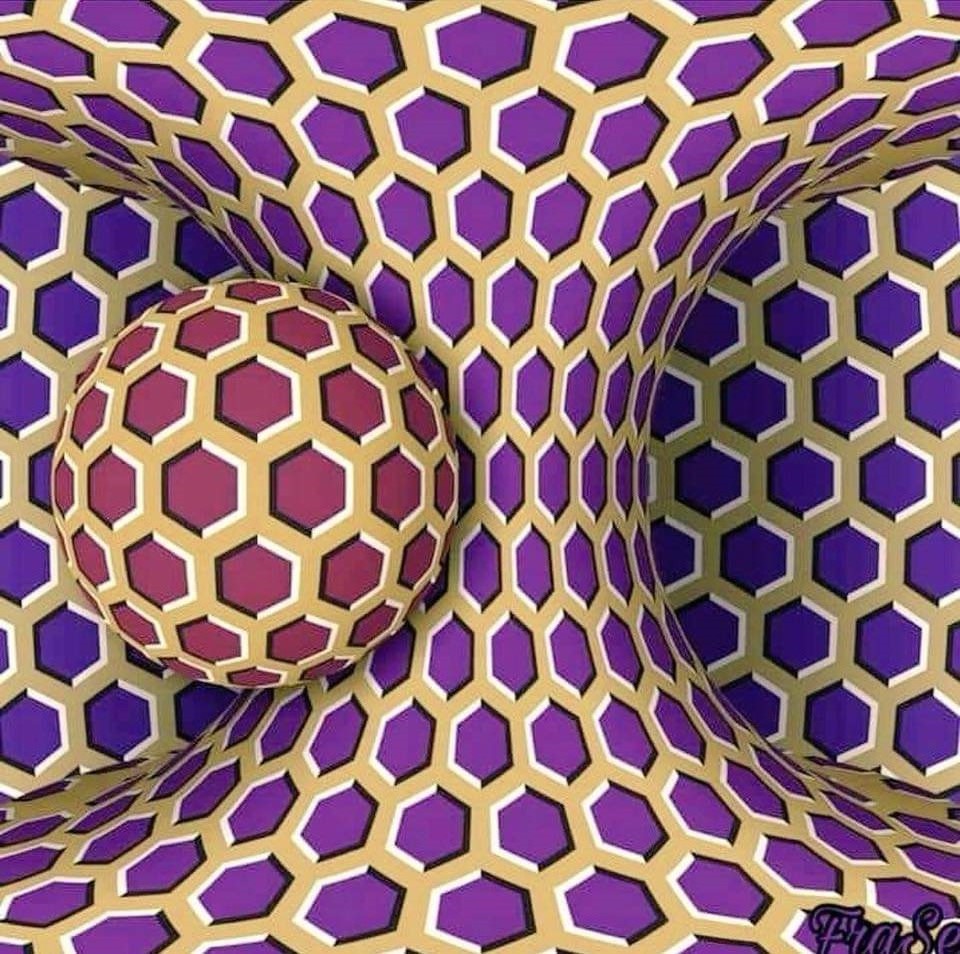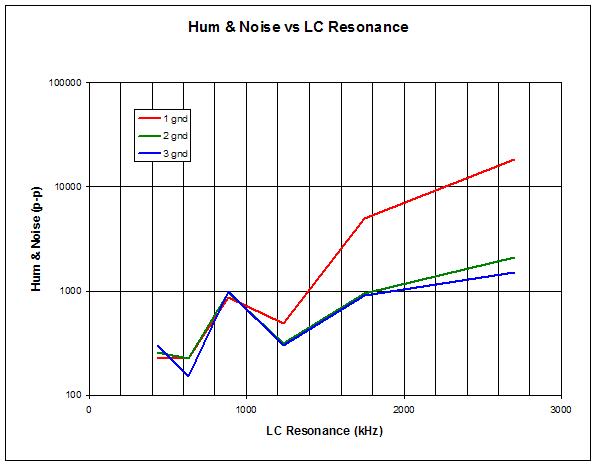We need more entertainment, things that actually work and less technical gibberish!
Early in my theremin research I was given perfect pitch field linearity and never fully understood how it works along with Clara’s voice. I did not know what a non-linear pitch field was until I purchased my first EtherWave Standard. A properly tuned EWS can be very linear but not the excellent response the Lev Antenna demonstrates.
Looking back it is funny how several people were upset that I called something Lev (Lev Antenna) though they call all kinds of their own stuff whether it worked or not Theremin.
I use Lev Sergeyevich first name to reflect something he could have been very aware of in 1930. I use the term Clara’s Voice to reflect a sound very much from that same period. The theremin should sound like a theremin not some imaginary other instrument, especially a whistle.
Another thing I find interesting is rarely mentioned is that Lev Sergeyevich explored many ideas using much of the modern stuff we do today like transistors, etc. As an alternative source for parts he would take-things-apart he purchased from the toy department of (Detskii Mir) in Moscow. All of the parts in my Phoenix theremin design he was completely knowledgeable of and worked with.
Like the two mentioned phenomenon… I hear that whisper again saying comrade get your ass off the sofa I need you to explore something. My thought today is I need to get another shot of Scotch… I am old and tired now…can’t you find and encourage a young curious type to advance your analog theremin who realizes how it is sacred, especially in this modern day age of mind control from cheap digital gadgets?
Illustration Below: The Phoenix Pitch Board is an original theremin design with the beautiful sound of Clara and is very versatile. For the experiment below the Phoenix pcb can deliver a 5 volt square wave at 1 kHz to do this test, you need a scope. It is my belief the Lev Antenna might work by self resonating at the pitch oscillator tank frequency. The visual dimensions or math of the coiled antenna indicate there is probably a little more. If I or a budding electronic tech who has not become too anal yet and is a fluid thinker could get around to doing this test it will reveal the self resonant frequency and Q of the coil Lev Antenna... and hopefully something I am missing?
Edit: The difference of the Lev Antenna is the way the surface capacitance is distributed. Could this greatly increase the C in the LC SRF calculation or response to the environment? This approach of pitch antenna will self correct to overcome environmental thermal drift, another fascinating property.
Christopher
Hwy79.com





